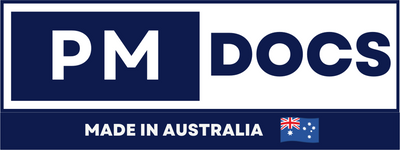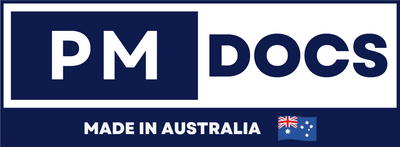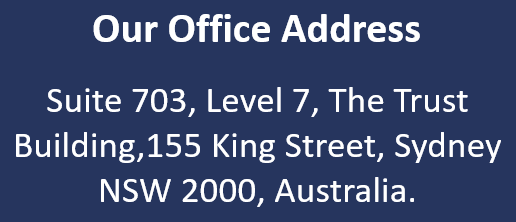Benefits Mapping: Visualizing the Project's Goals
Introduction
Benefits Mapping is a strategic tool that allows project teams to visualize and prioritize the goals and benefits of their projects. By mapping out the desired outcomes and linking them to specific activities and deliverables, project managers can gain a clear understanding of how their project aligns with organizational objectives and how it will contribute to overall success. This blog post will explore the concept of Benefits Mapping and its benefits, as well as provide practical tips on how to effectively implement this technique in your own projects.

What is Benefits Mapping and Why is it Important?
Benefits mapping is the process of identifying and tracking the positive outcomes or advantages that can result from a particular project, initiative, or change. It involves systematically mapping out the relationship between the actions taken and the intended benefits.
Benefits Mapping is Important for Several Reasons:- Clarifying Objectives: It helps clearly define the desired outcomes of a project or change, ensuring that all stakeholders have a shared understanding of what needs to be achieved.
- Aligning Resources: It helps allocate resources effectively by identifying which activities will deliver the most significant benefits. This allows organizations to prioritize their efforts and focus on what matters most.
- Measuring Progress: It provides a structured framework for tracking the progress of a project towards achieving its desired benefits. It allows for monitoring and evaluating outcomes to ensure that the project stays on track.
- Communicating Value: It helps communicate the value and impact of a project to stakeholders, including funders, decision-makers, and end-users. This enables organizations to effectively demonstrate the return on investment and gain support for the project.
- Managing Risks: It can identify potential risks and challenges that may hinder the realization of desired benefits. By mapping out the expected benefits and their dependencies, organizations can proactively address obstacles and mitigate risks.
The Process of Benefits Mapping
Benefits mapping is a strategic process used to identify and assess the advantages and positive outcomes that can be achieved through the implementation of a specific project, initiative, or policy in the English language. It involves systematically identifying and analyzing the potential benefits that stakeholders can expect to receive as a result of language-related interventions. Here are the steps involved in the benefits mapping process for the English language:
- Define Objectives: Clearly specify the objectives of the English language project or initiative. These could include improving English language proficiency, enhancing communication skills, promoting cultural understanding, or enabling access to better educational and employment opportunities.
- Identify Stakeholders: Identify the key stakeholders who will be directly or indirectly affected by the English language interventions. This could include students, teachers, parents, employers, policymakers, or communities.
- Brainstorm Potential Benefits: Conduct a brainstorming session with stakeholders to identify all the potential benefits that could be derived from the English language initiatives. Encourage participants to think broadly and consider both immediate and long-term benefits.
- Categorize Benefits: Group the identified benefits into categories. For example, benefits can be categorized as economic (e.g., improved job prospects), social (e.g., increased cultural exchange), educational (e.g., enhanced learning outcomes), or personal (e.g., increased self-confidence).
- Assess Feasibility: Evaluate the feasibility of each benefit by considering factors such as available resources, required time frame, existing infrastructure, and potential challenges. This assessment will help prioritize benefits based on their attainability.
- Quantify and Qualify Benefits: Quantify the benefits where possible, using metrics or indicators that can measure the impact. For instance, improved employability can be measured by an increase in job placements or higher salary levels. Qualify benefits by determining the significance or importance of each one to specific stakeholder groups.
- Visualize Benefits: Develop visual representations, such as diagrams or charts, that illustrate the connections between the various benefits and stakeholders. This will provide a clear overview of the relationships and dependencies amongst them.
- Communicate and Engage: Share the benefits mapping findings with stakeholders and other relevant parties to create awareness and build support for the English language initiatives. Engage stakeholders in a dialogue to gather feedback, address concerns, and refine the benefits mapping process.
- Monitor and Evaluate: Continuously monitor and evaluate the progress and impact of the English language initiatives to validate the anticipated benefits. This will help refine the benefits mapping process over time and ensure that the intended outcomes are being achieved.
Conclusion
Benefits mapping is a valuable technique for visualizing a project's goals and objectives. By clearly identifying and mapping out the benefits that will be derived from a project, teams can better align their resources and strategies to achieve those outcomes. This process not only improves project planning and decision-making, but it also helps stakeholders understand the value and impact of the project. To effectively utilize benefits mapping in your projects, consider implementing this technique and leveraging its power to drive success.










